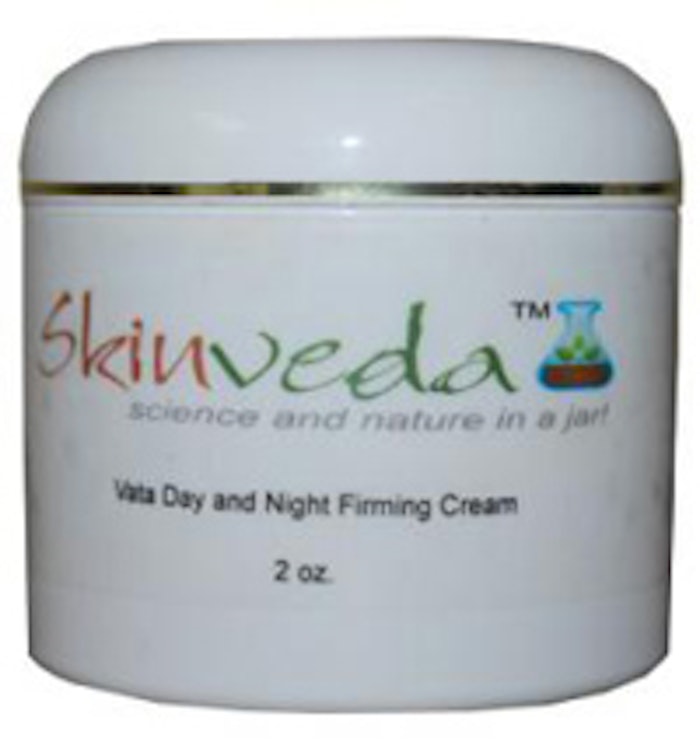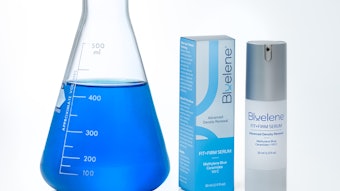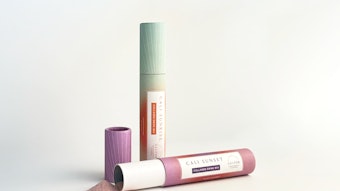
- The demand for natural and green beauty products continues to grow, as does consumers’ expectations for effective results. Combining old and new ingredient science in developing products can help meet the demand and the expectation.
- Although there are challenges to using natural ingredients and marketing a green brand, there are ways to educate consumers about the myriad of benefits they provide.
- Constant research on new ingredients is helping to create new opportunities for natural beauty brands.
The trend toward green chemistry in beauty products has long been on the rise, and this isn’t a shift that happened overnight. It has been a gradual upward trend attributable to several factors, including a desire for sustainability, the potential health side effects of some current ingredients, and the demand for manufacturers to lower their environmental footprint.
Additionally, and perhaps most importantly, consumers are becoming savvier. They read the labels, and there is a constant rise in the research, especially in Europe and Asia, of plant-derived peptides, encapsulated actives for slower ingredient delivery, active plant stem cells, sophisticated extraction processes with clinical testing components and more.
In the past, with more disposable income, consumers were able to have 10 different products for different skin treatments—a cleanser, a toner, a day cream, a night cream, a mask, an eye cream, a sunscreen, a scrub and beyond. But, now with the downshifted economy, consumers are looking to spend smart. They are looking for so-called all-purpose products, and are willing to trade to a drug store brand or less expensive private label product rather than a prestige alternative. And on the opposite side of the spectrum, consumers with disposable income who are able to afford high-end products are now tending to look for products that are green, organic, plant-derived, cruelty-free and beyond—and these are only a few of the terms being used and marketed by the beauty industry today.
To capture this spend, treating the skin with plant-based ingredients alone is not enough. Treating skin holistically with a combination of high-tech ingredients, including stem cells and peptides or encapsulated molecules, and plant-based ingredients gives the products an extra boost while competing on the level of synthetic counterparts and meeting greener standards.
For example, Skinveda’s Cell Active Serum combines anti-aging, toning, tightening and detoxification all in one product through its blend of ingredients. The key anti-aging elements include active stem cell cultures of sequoia and Vitis vinifera combined with ayurvedic ingredients such as aromatic distillates of jasmine and an extract of tulsi along with iron oxides from the rock hematite. To reduce redness and sensitivity, the serum uses anti-irritant and anti-inflammatory agents such as oat beta glucans, Camellia sinensis leaf extract and allantoin, and the hydrating properties of aloe vera leaf juice help make this product a triple-action serum.
Cosmetic manufacturers, beauty brand owners and product developers are now creating cosmetics with the consumer distinctly in mind while also being conscious about the environment. It used to be that people were less well-informed and cared less about what was going into their creams and makeup products. But now, those same consumers are aware of their ingredients, and it has been a challenge for beauty brands to meet these new ingredient and product demands, reformulating and undertaking costly measures to replace their current products with more natural alternatives—as well as to replace potentially carcinogenic or harmful ingredients with plant-based ingredients that don’t change the feel, viscosity or color of the end result.
Natural Challenges
There are challenges in creating products with within the aforementioned parameters, of course. Product developers and formulators often face the challenge of finding a way to mimic the aesthetics of synthetic products/ingredients with naturals. Consumers want a certain color and feel for the product that is difficult to achieve with plant-derived ingredients.
For example, when they open a jar of cream, most consumers want it to be a pearlescent white. However, when extracts such as amla and turmeric are added to the formulation, the color cannot stay white. This can hurt the marketing of this type of product because consumers are so used to that white-colored cream that they equate that appearance with the product being a rich, high-end, “perfect” cream.
Another challenge is with plant peptides. These are larger molecules, so they are harder to deliver to the skin, unlike synthetic counterparts such as silicones and polymers. And certain synthetic ingredients, and many preservatives in particular, just can’t be substituted with natural ingredients as they function better and have a wider pH range and are broad-spectrum.
The three categories of ingredients that do possess the greatest challenge for green chemistry are emulsifiers, surfactants and polymers. Also, while consumers typically don’t care exactly how the end product is developed (with most of their concerns centered on what is in the product, i.e. the ingredients), manufacturers are constantly looking to reduce the carbon footprint of their manufacturing. There also are increasingly better, healthier options for delivery, surfactants and emolliency that mimic silicones and polymers for beauty products.
However, educating consumers that, for example, the “perfect” cream does not have to be white is important for the success of products with botanically derived ingredients. The driving force behind much of the demand for green products are health-conscious women and men, and these types of consumers are often hungry to learn new facts about ingredients and products. This means it’s part of a natural brand owner’s job to provide these consumers with facts that support the products as well as nature-based principles.
And there are other challenges...
For more medically oriented skin care products such as those sold through dermatologists’ offices and medical spas, there is still a demand for non-natural products because of a perception that synthetic products work more effectively and are more potent than natural ones. When products are used or retailed in these locations, whether synthetic or natural based, there often is a demand for a lot of backup research supporting effectiveness. This poses a greater problem for many naturals, as even the U.S. Food and Drug Administration has not recognized certain natural ingredients that may work more effectively than synthetic ingredients.
Gaining Ground
It is a tough, long and arduous path for natural products to gain the respect they deserve. But it is not impossible. Actions speak louder than words. With advanced medical interest in these ingredients and more physicians and beauty science experts willing to try plant-based products, these kinds of products will gain greater awareness, helping to further increase the demand for these tried-and-tested ingredients.
Shilpi Jain, president of SASA Cosmetics and Consulting, has experience consulting with various clients in the medical field and cosmetic industry, and holds a master’s degree in organometallic chemistry from the University of Toronto, Canada. She also has held several positions in pharmaceutical firms. Raised in Eastern Indian culture, she was automatically exposed to ayurvedic herbs, and she now markets Skinveda, her own ayurvedic skin care line. [email protected]










